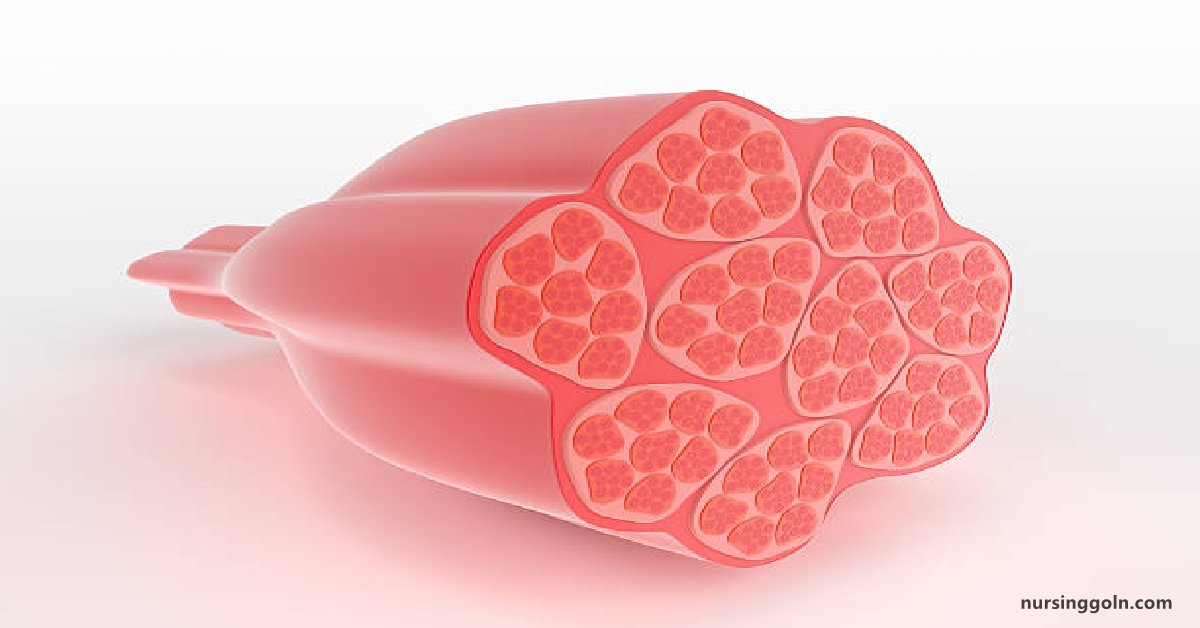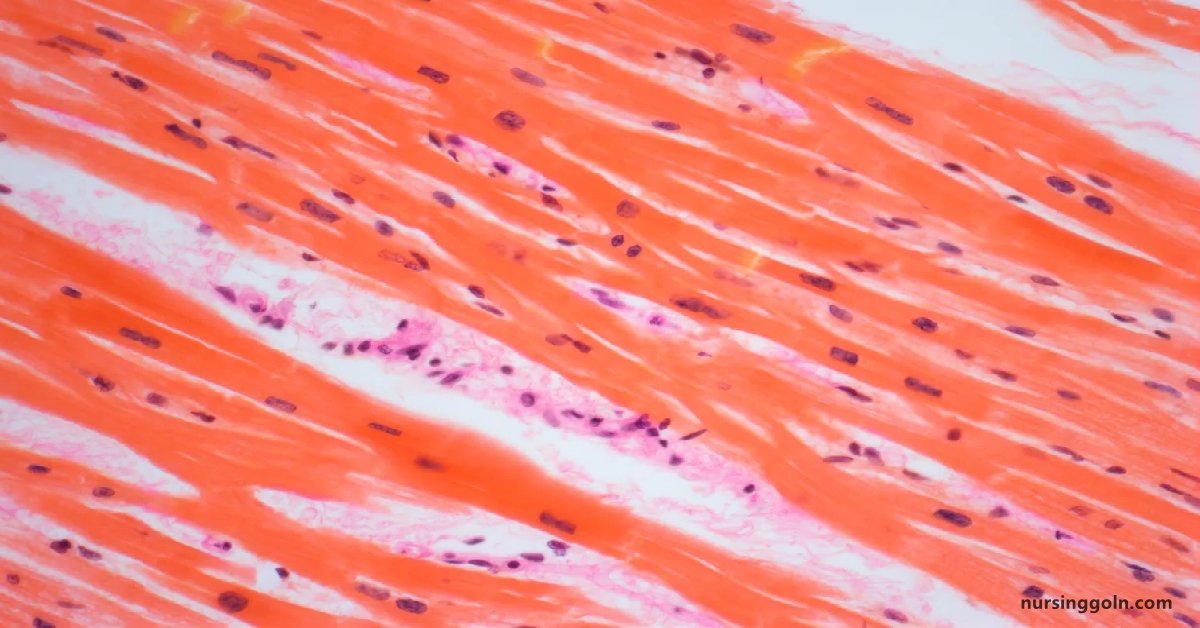Today our topic of discussion is ” Smooth Muscle “. Muscle tissue, with its incredible ability to contract and produce movement, is a foundational pillar of human physiology. While the rhythmic beating of the heart’s cardiac muscle and the deliberate contractions of our skeletal muscles are frequently emphasized, smooth-muscle often remains an overlooked player. Yet, this type of muscle silently and continuously works, driving numerous crucial bodily functions. This article delves into the world of smooth muscle, exploring its structure, function, and vital importance to our health.

Smooth Muscle: Human Muscle Tissue
1. Introduction to Smooth Muscle
Smooth-muscle is one of the three primary types of muscle tissue, the others being skeletal and cardiac muscles. As its name suggests, unlike the striated counterparts, smooth-muscle does not possess visible striations under the microscope. It operates involuntarily, meaning it functions without our conscious control.
2. The Anatomical Landscape of Smooth Muscle
- Cell Shape: Smooth-muscle cells, also known as myocytes, are spindle-shaped, tapering at both ends. They are much shorter compared to skeletal muscle fibers.
- Nucleation: Each cell typically contains a single central nucleus.
- Cell Arrangement: Smooth-muscle cells are usually arranged in layers, often with the cells’ long axes oriented in different directions. This arrangement is especially beneficial in organs that need to contract in multiple directions.
3. Locations and Roles in the Body
Smooth muscle is widespread throughout the body and facilitates various functions:
- Blood Vessels: Helps regulate blood pressure and flow by adjusting the vessel diameter.
- Digestive System: Propels food through the gastrointestinal tract and aids in processes like churning of the stomach.
- Respiratory System: Regulates airflow in the airways.
- Urinary System: Facilitates the expulsion of urine from the bladder.
- Reproductive System: Involved in processes such as childbirth by propelling the fetus through the birth canal.

4. The Intricacies of Smooth Muscle Contraction
Smooth-muscle contraction is distinct from that of striated muscles:
- Slower Contractions: Smooth-muscle contractions are generally slower and can sustain longer than those of skeletal muscle.
- Calmodulin Role: Instead of the troponin complex found in striated muscles, smooth-muscle uses a protein called calmodulin to interact with calcium ions and facilitate contraction.
- Energy Efficiency: Due to the slow, sustained nature of its contractions, smooth-muscle uses energy more efficiently than skeletal muscle.
5. Neural and Hormonal Control
The activity of smooth muscle is modulated both by the nervous system and by hormones:
- Autonomic Nervous System (ANS): The involuntary branch of the nervous system, the ANS, plays a primary role in regulating smooth-muscle activity. The sympathetic and parasympathetic divisions often have opposing effects.
- Hormones: Various hormones can influence smooth-muscle activity. For instance, oxytocin stimulates uterine contractions during childbirth.

6. Plasticity and Adaptability
Smooth muscle showcases a remarkable ability to adapt to varying conditions:
- Stretch and Tension: Smooth-muscles can endure significant stretching and still contract effectively. This is particularly evident in organs like the bladder.
- Hyperplasia: Unlike skeletal muscle, which primarily grows by increasing cell size (hypertrophy), smooth-muscle can also grow by increasing cell number (hyperplasia).
7. Disorders and Conditions Involving Smooth Muscle
Several health conditions arise from or involve the dysfunction of smooth-muscle:
- Asthma: Chronic inflammation of the airways leads to smooth-muscle hypertrophy, contributing to bronchoconstriction and breathing difficulties.
- Irritable Bowel Syndrome (IBS): This condition, characterized by abdominal pain and altered bowel habits, may involve abnormal smooth-muscle contractions.
- Vasospasm: Involves the sudden constriction of arterial smooth-muscle, reducing blood flow. It can be a complication after a subarachnoid hemorrhage.

8. Research and Therapeutic Implications
Understanding smooth-muscle physiology has paved the way for various therapeutic interventions. Drugs targeting smooth-muscle include antispasmodics (to reduce muscle spasms) and vasodilators (to expand blood vessels).
9. Conclusion
Smooth-muscle, the silent and often overlooked workhorse, plays a crucial role in maintaining homeostasis and facilitating numerous essential bodily functions. Its intricate dance, directed by neural and hormonal cues, enables processes from digestion to reproduction. As research progresses, our appreciation for this remarkable tissue type will undoubtedly deepen, and new therapeutic avenues will emerge.
Read more:
